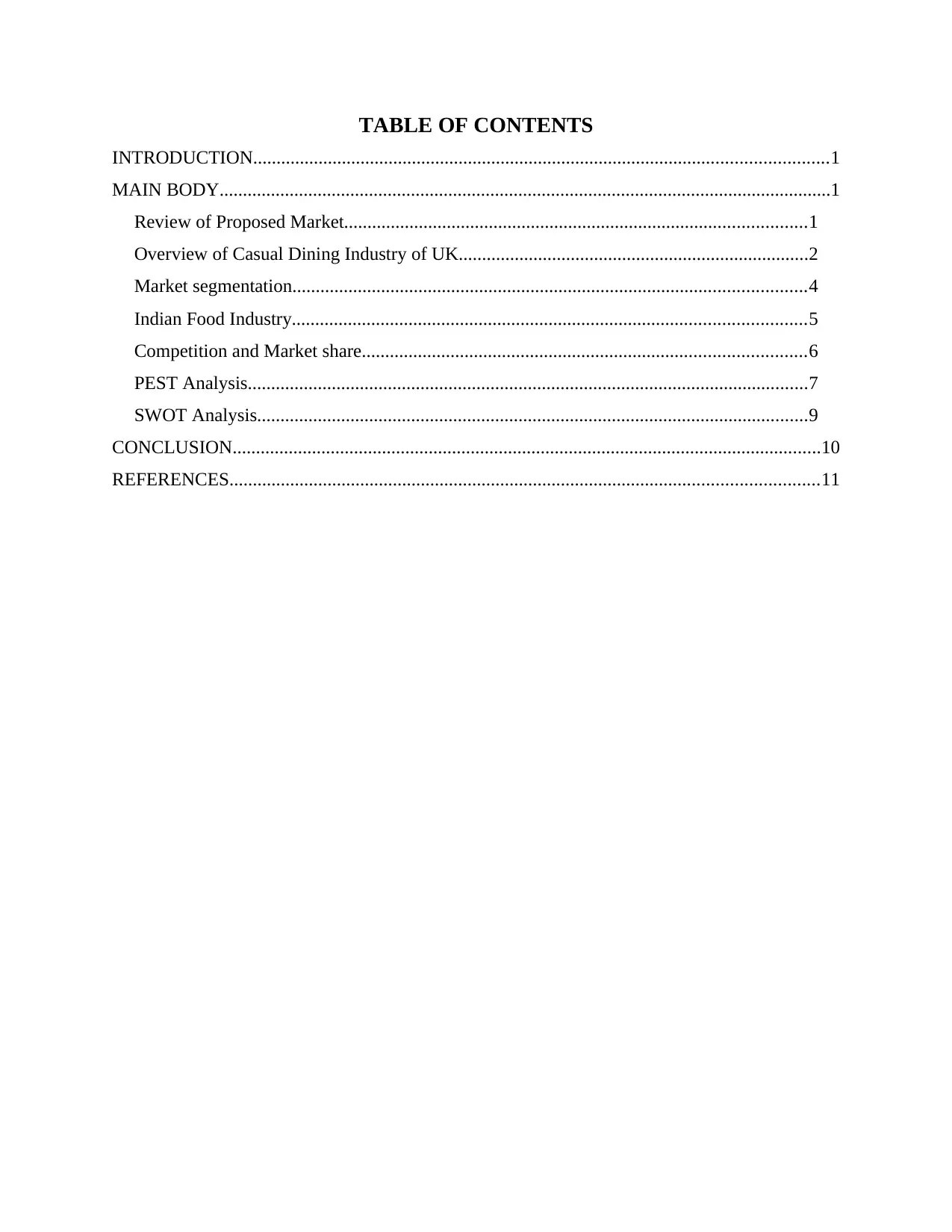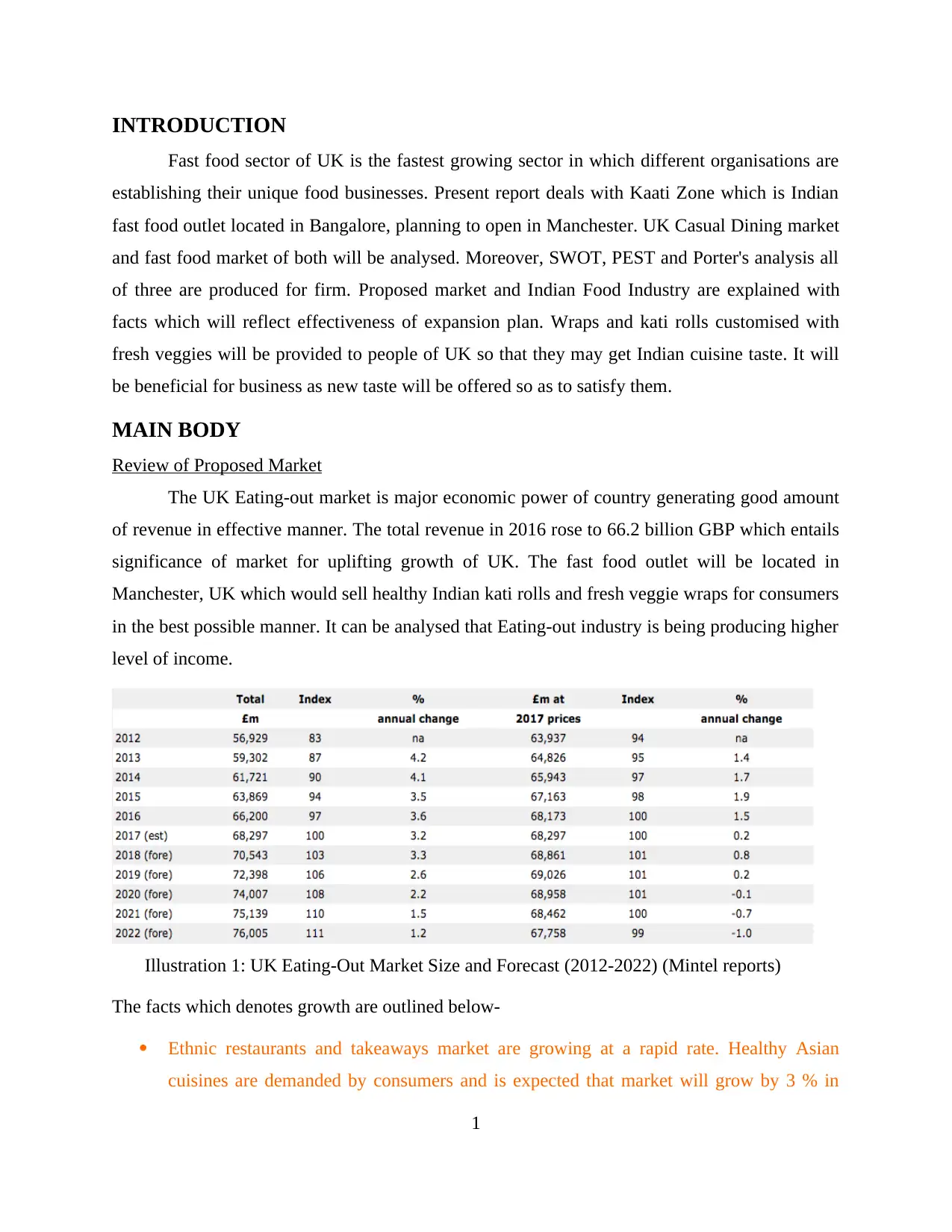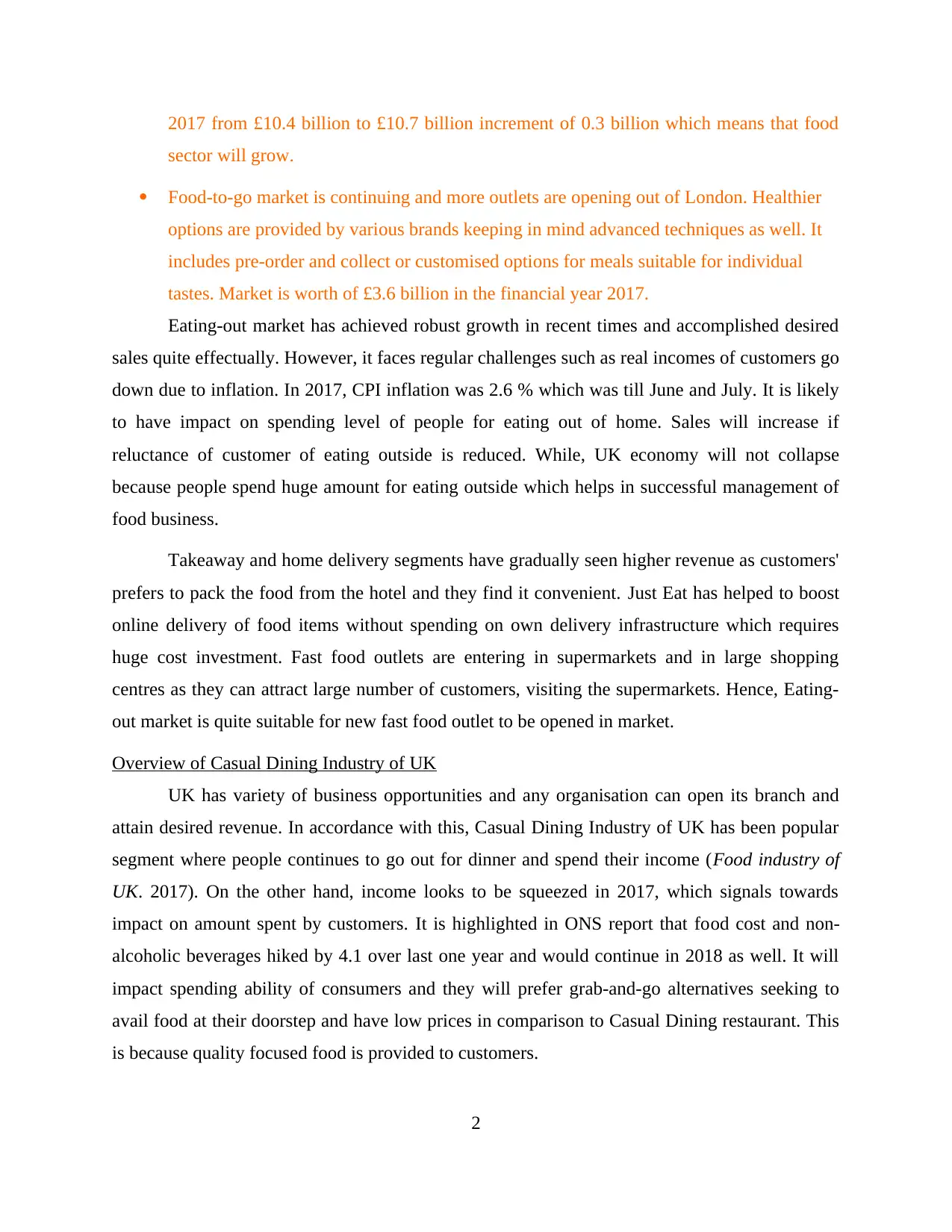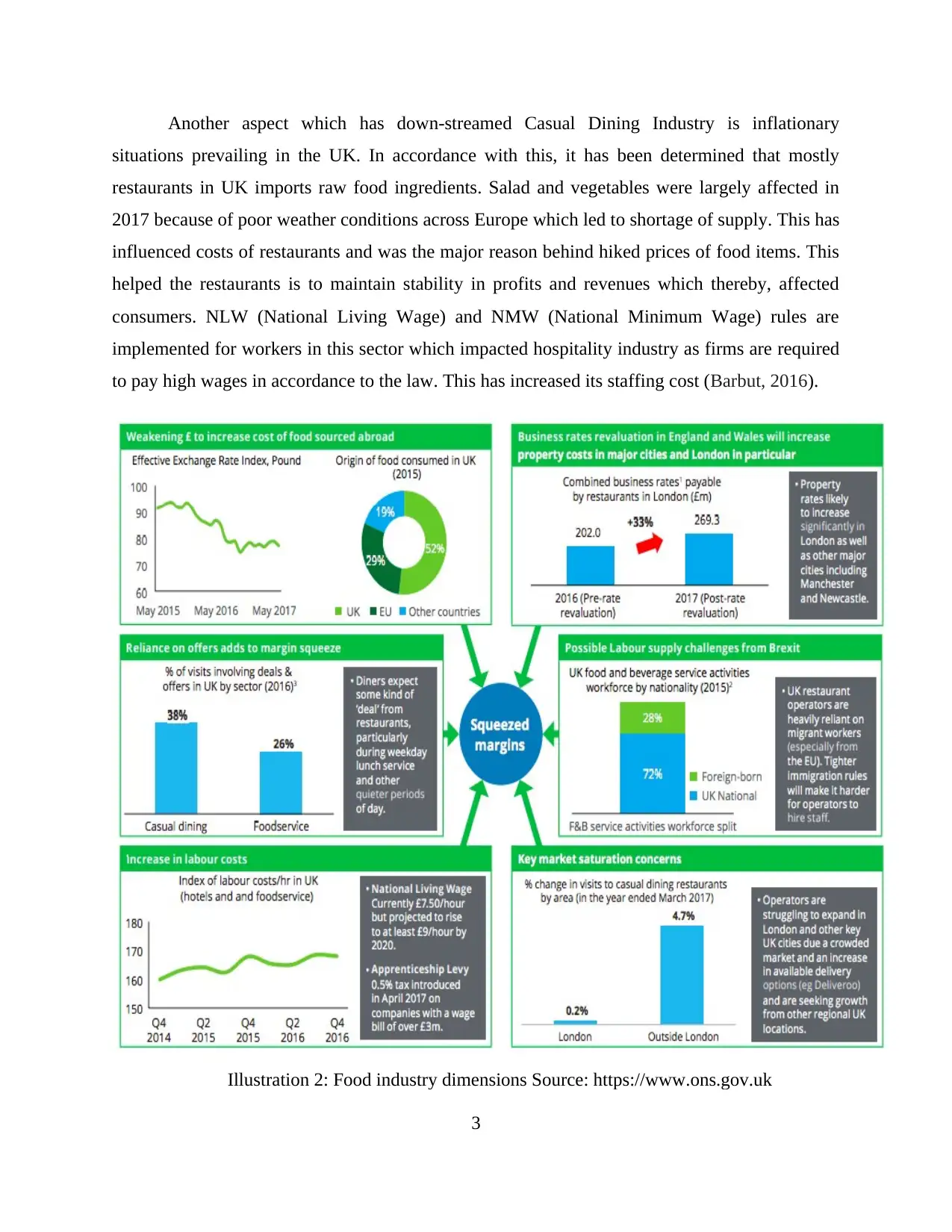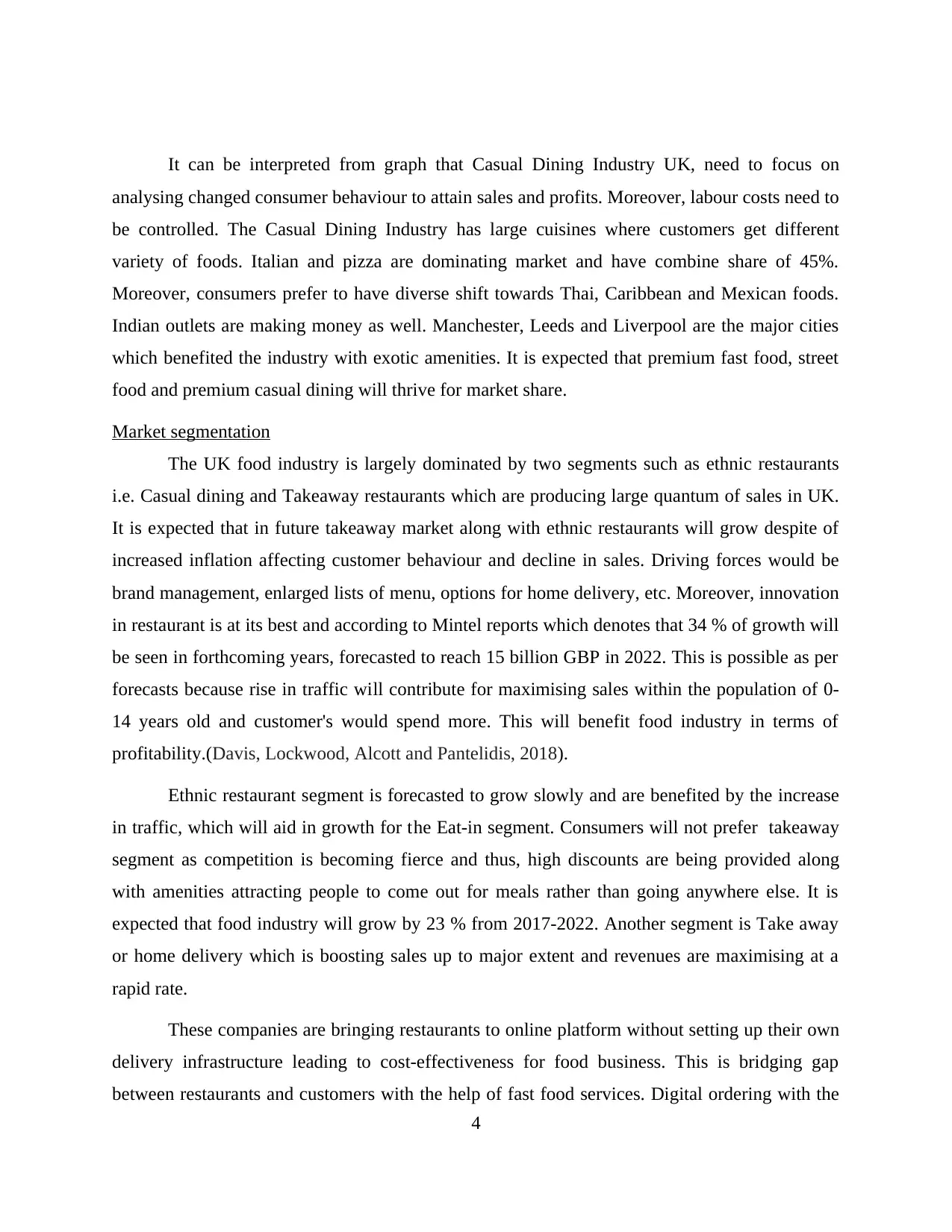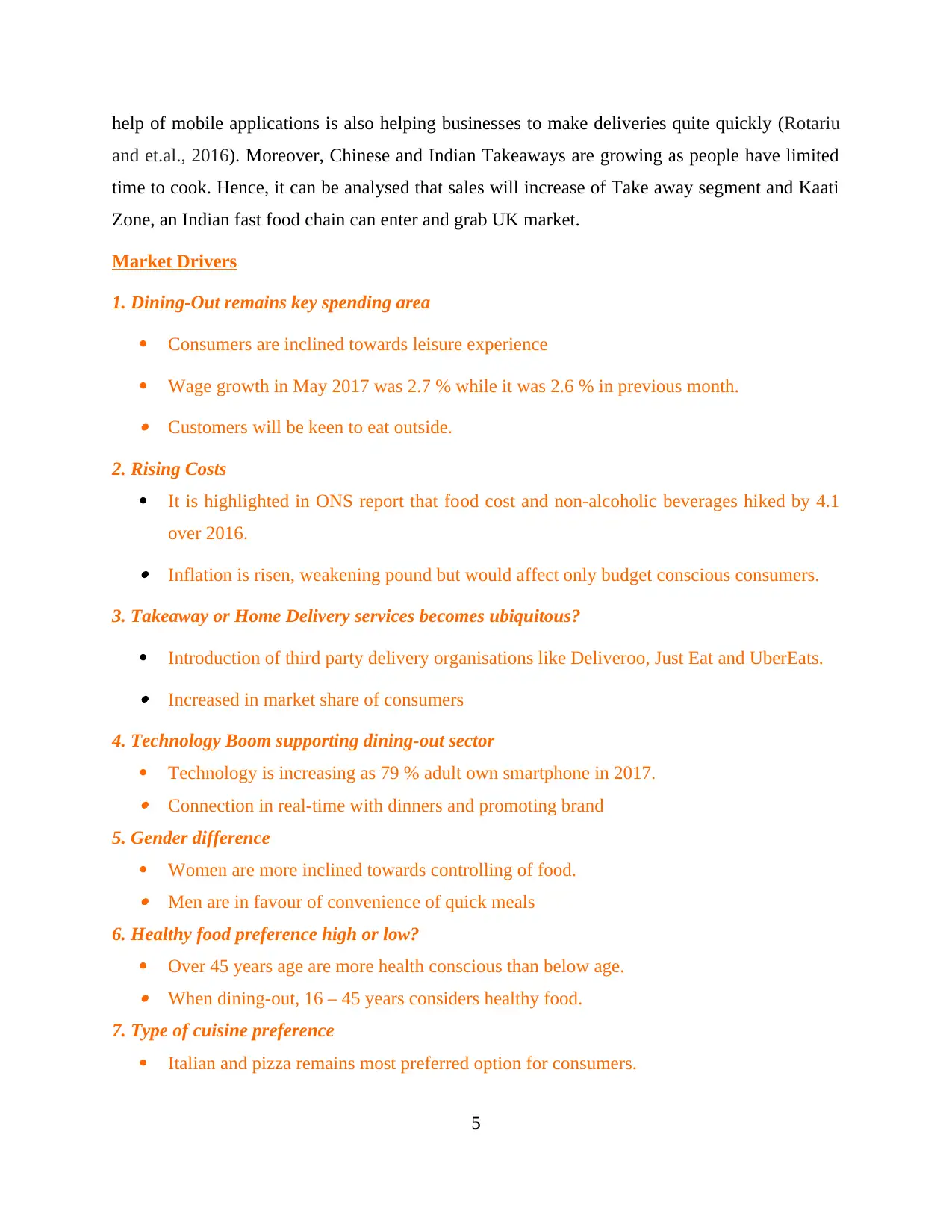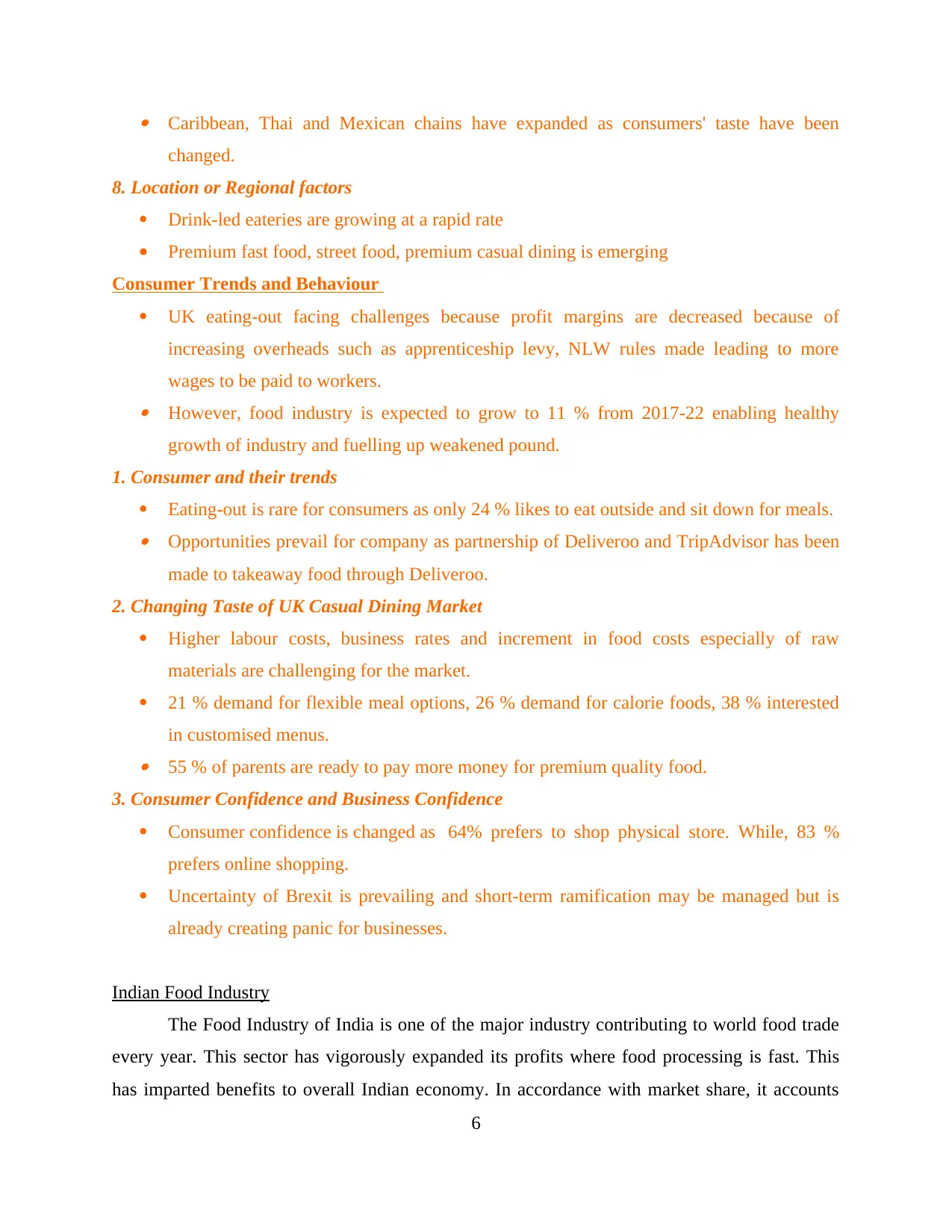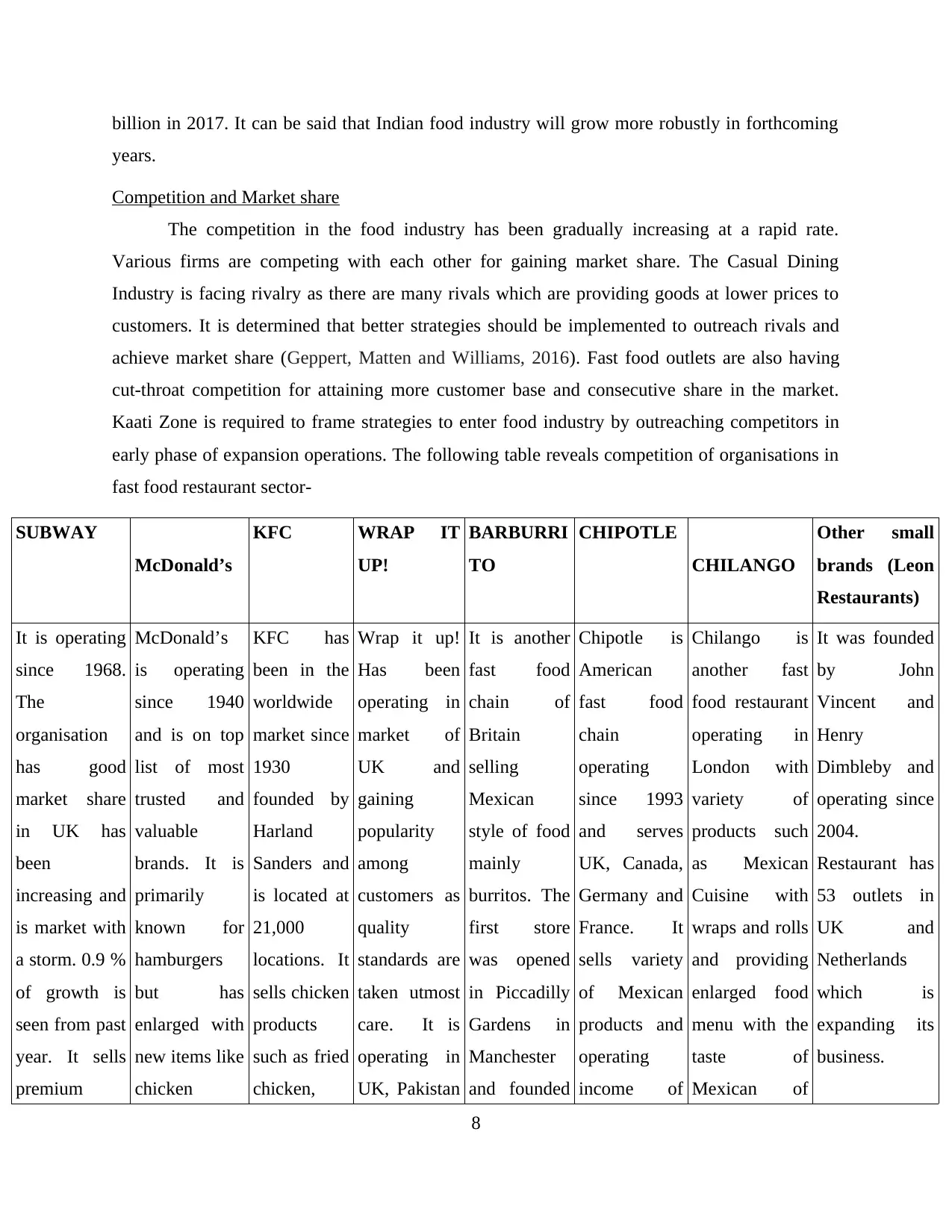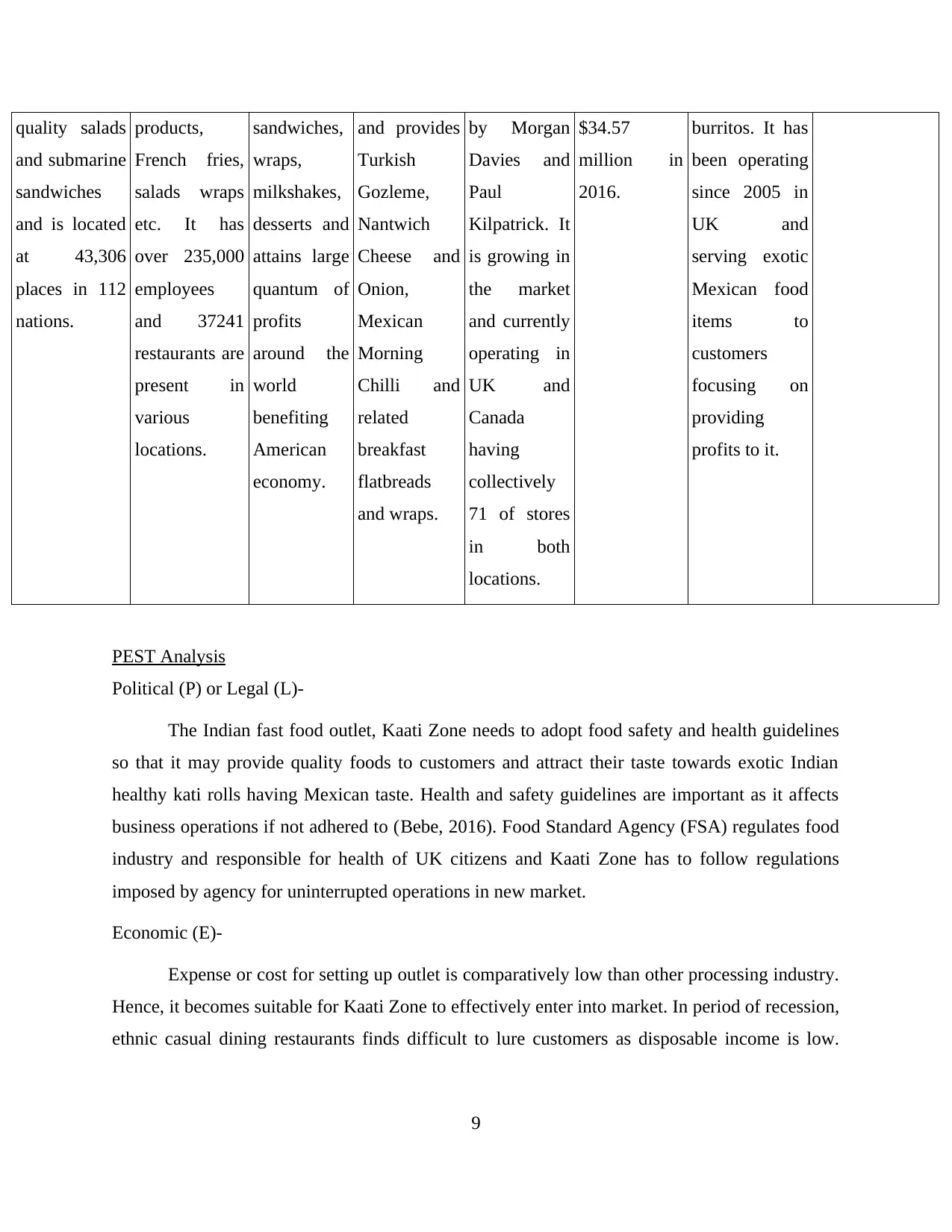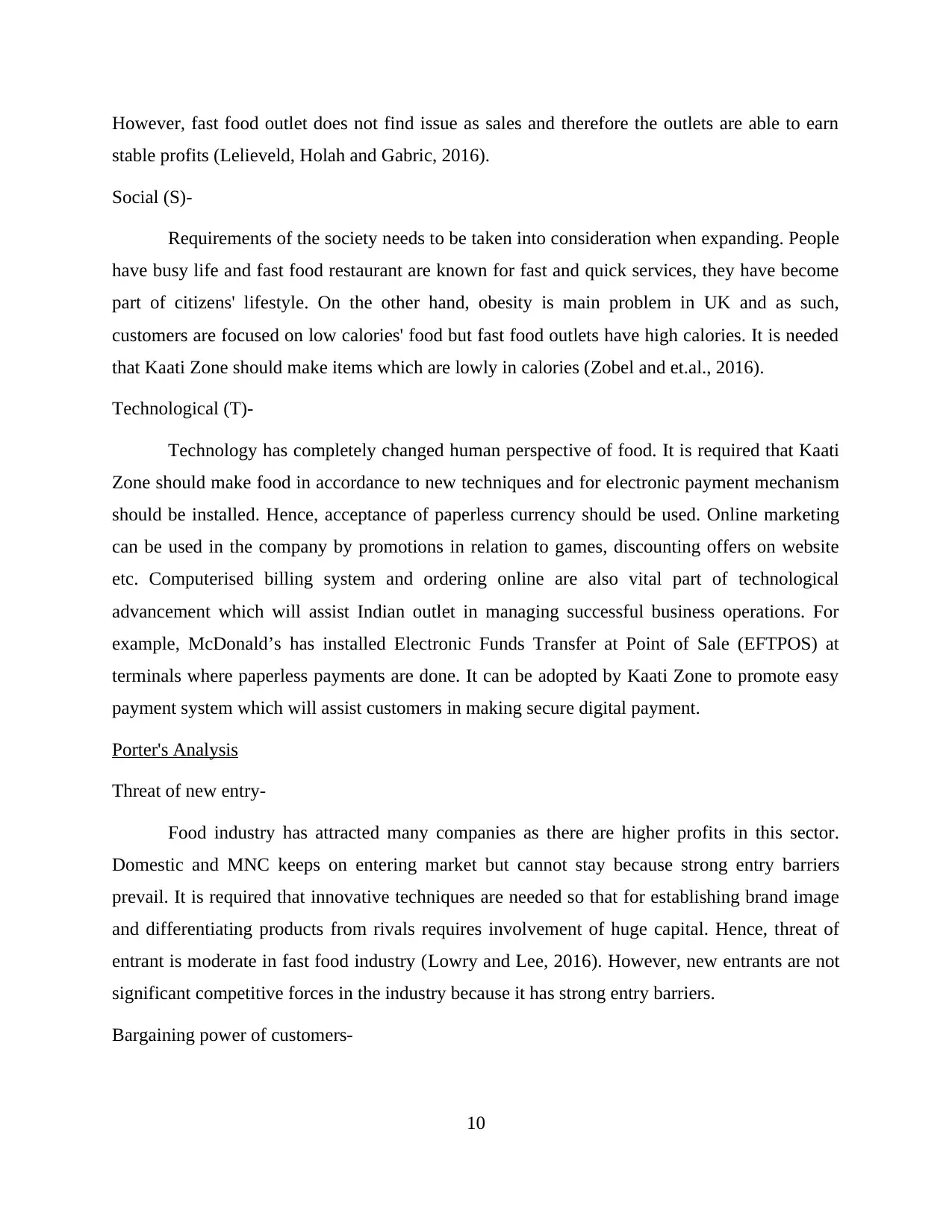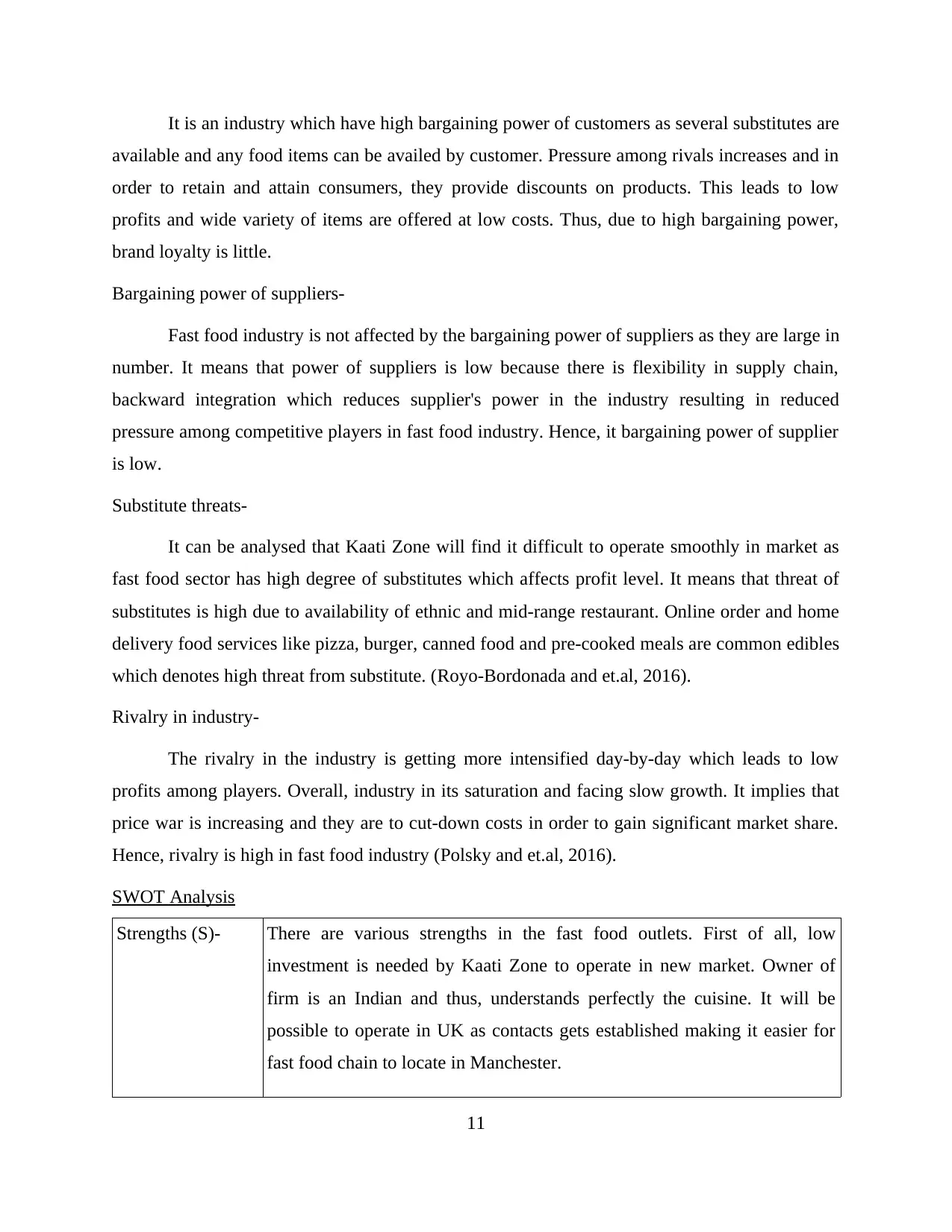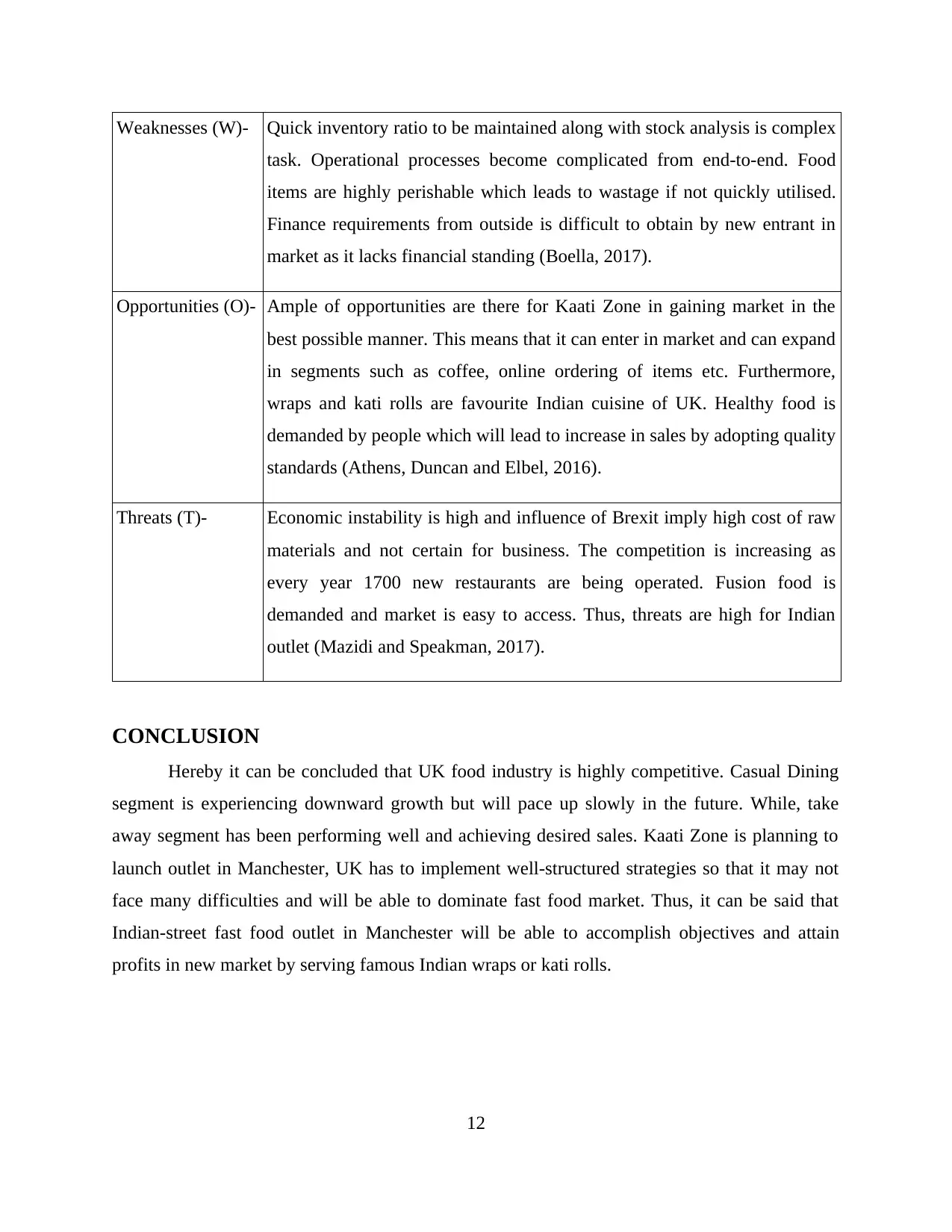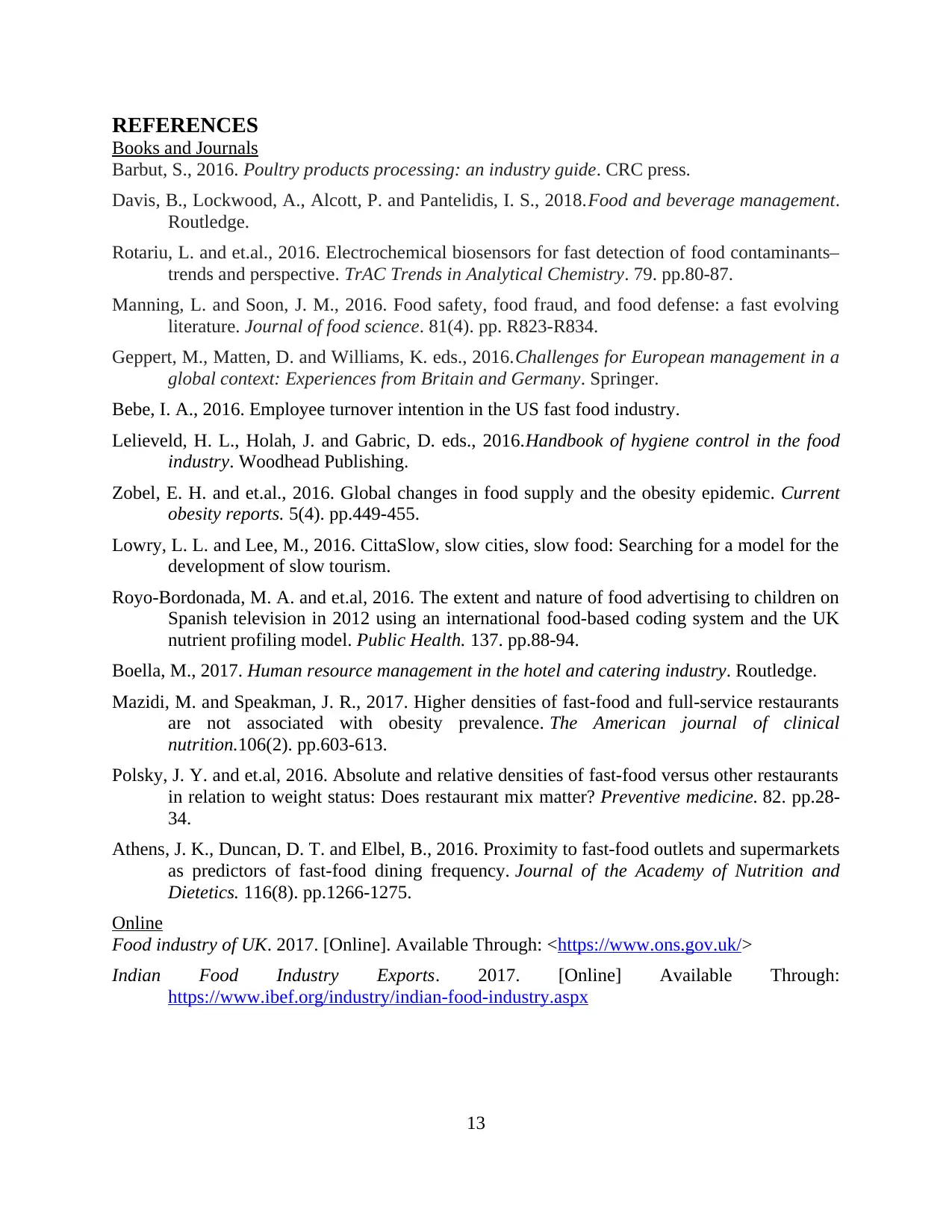The provided document is a detailed analysis of the food industry's various aspects, including its dimensions, management strategies, and relevant research studies. The content includes information on employee turnover intentions in the US fast-food industry, global changes in food supply and obesity rates, and the impact of fast-food outlet density on obesity prevalence. Additionally, it discusses human resource management in the hotel and catering industry, as well as the use of electrochemical biosensors for detecting food contaminants. The document also presents data on Indian food industry exports and the UK eating-out market size and forecast. Overall, this assignment provides a comprehensive overview of the food industry's complexities and related research findings.
![[object Object]](/_next/static/media/star-bottom.7253800d.svg)
![[object Object]](/_next/static/media/star-bottom.7253800d.svg)

